When did doctors stop making house calls? And why? I wonder that whenever I watch The Brady Bunch episode called, “Is There a Doctor in the House?”
As any fan knows, this is an episode in which all of the Brady kids get measles. It aired during the first season, on December 26, 1969, with, for what it's worth, nary a hint of Christmas in sight. Carol naturally makes a call to the girls’ pediatrician. Mike understandably makes a call to the boys’ pediatrician. Both doctors visit the house to see their sick patients, and good-natured family chaos ensues.
House calls by doctors used to be a big thing, as we probably all know, but now, not so much, although some county governments actually made them during the worst of the pandemic to administer the COVID-19 vaccine. You could also argue that, in a way, we now have doctors making house calls whenever you see one during a telehealth visit over Zoom.
But a general practitioner or pediatrician actually driving over to your home and checking you over? That’s pretty rare. Pretty much unheard of these days. But it wasn't really common in 1969 either.
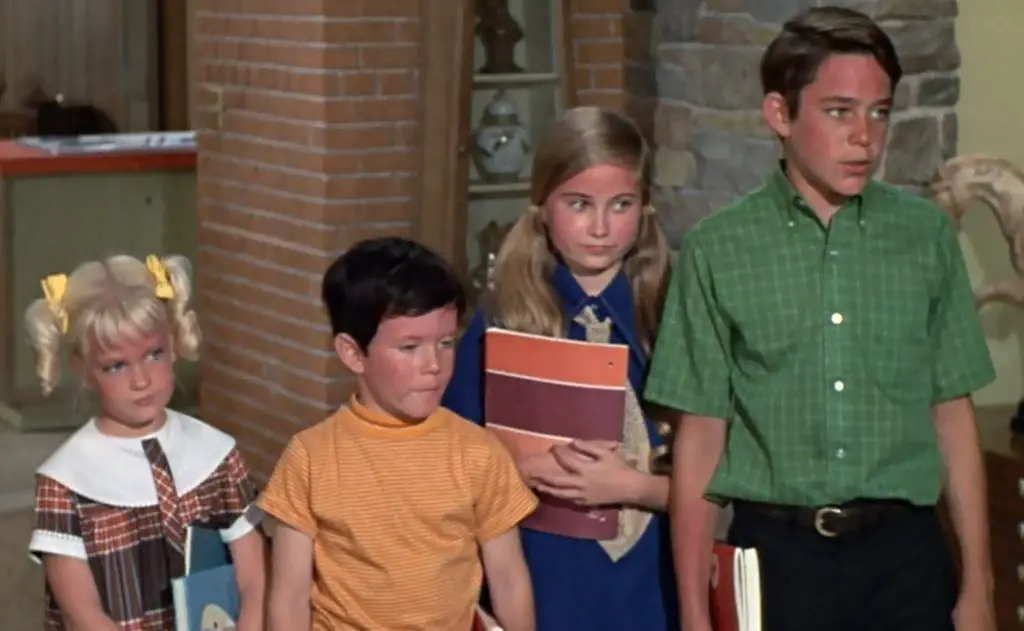
If I had been paying attention during the gazillion times I’ve seen “Is There a Doctor in the House?”, I would have remembered that by the time this episode of The Brady Bunch aired, house calls were anachronistic. In fact, the series even made mention of that.
At one point in the episode, Mike Brady (played by Robert Reed) quips, “Amazing. Two doctors both making house calls. They may be drummed out of the AMA.”
So, yeah, maybe the scriptwriters (Sherwood Schwartz and Ruth Brooks Flippen) were being a little lazy and definitely not going with modern times by having the doctors make house calls. That is, if there were scriptwriters. (You see, when I go deep into my Brady Bunch delusional fandom happy place, The Brady Bunch is a documentary about real people, and there were no scriptwriters. That would mean that in this case, it was simply a lucky coincidence that both pediatricians were able to clear their schedules and come over to the Brady residence.)
Er, well, yeah, ahem, anyway… when did doctors stop making house calls? Let’s take a look.
A Timeline of When Doctors Began Making House Calls
This isn’t an official timeline of the history of doctors making house calls by any stretch of the imagination. That said, I went pouring through some online newspaper archives, mostly from The New York Times, and here’s what I can tell you.
1800s and before
I haven’t yet stumbled on exactly when the phrase, “house call,” originated, but I have a feeling that it started popping up in the 20th century, probably when there was a choice between going to a doctor’s office or having a physician come to your home.
But searching the newspaper archives from the 1800s, there are a lot of articles where you can find the phrase, “sent for the doctor.” People were often being sent to get the doctor, which made a lot of sense at the time. If you were ill, you couldn’t necessarily walk to a doctor’s office -- and climbing on a horse or rattling around as the passenger in a buggy would probably make you feel worse or hasten your demise.
At least a car is fast, and if you're being driven to a doctor, you're not going to be thrown about all that much.
So the imagery of Doc on Gunsmoke and Doc Baker on Little House on the Prairie, when they’d go off and treat patients, that’s a relatively accurate of how times were back then.
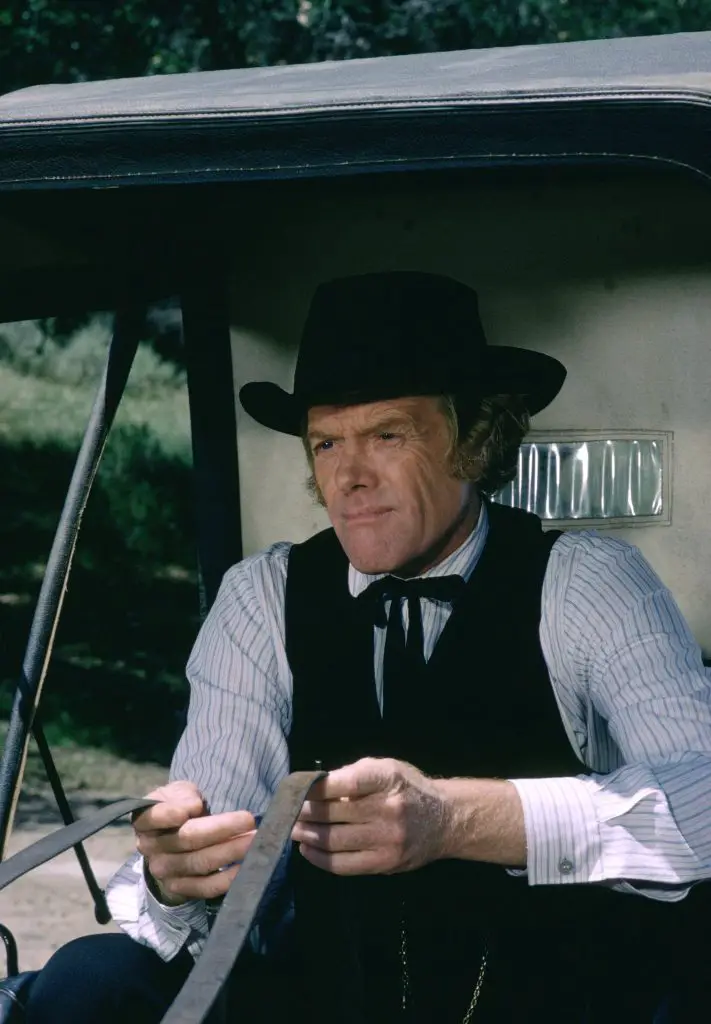
The 1940s
But then World War II happened. A lot of doctors enlisted or were drafted into service.
A New York Times article from October 16, 1961, says that “the trend away from house calls in the suburbs started during World War II, when there was a severe shortage of doctors. There are indications that the public is increasingly accepting the idea of going to the doctor instead of calling him."
One doctor was quoted saying, "I don't get a tenth of the requests for house calls that I used to. The car is a big element in suburban life, and most people will drive to the doctor's, just as they will to the shopping center.”
The 1950s
The trend away from house calls accelerated. A New York Times article from this decade talked about the fading away of country doctors. Many older country doctors would retire or die in a small town, and there would be no young doctor to take his place (back then, it would typically be a male country doctor).
But the townspeople wouldn’t really panic, and society didn’t necessarily recognize that a country doctor shortage was happening across the nation. Why? Because townspeople would drive to the next town over that still had a country doctor. So as country doctors disappeared across the country, house calls did as well.
Still, in the 1950s, house calls were a thing. A 1972 New York Times article mentions that government statistics from 1957 to 1958 show there were 45.7 million house calls being made during these years. By 1966 and 1967, that number would be down to almost half (27.3 million), despite (or maybe due to) a population increase of 26 million.
1960s
And now we’re in the decade when The Brady Bunch started, in 1969 (the series ended in 1974). Hospital emergency rooms had been around since the 1800s, but they started becoming popular in the 1950s, and by the 1960s, they were becoming the norm.
As an aside, back in the 1800s, hospital emergency rooms were often called “accident rooms,” though sometimes they were also called emergency rooms. So just think: if “emergency room” hadn’t overtaken “accident room” as the more common term, George Clooney and Anthony Edwards might have starred in the NBC hit, “AR,” which doesn’t quite have the same ring to it as ER.
There was unfortunately another factor causing house calls to decrease. House calls were becoming a safety issue.
Not for the patient, though the insurance industry would have eventually seen it that way, but for the doctors.
The New York Times has a number of stories from the late 1960s of physicians making house calls and then being beaten and robbed and even shot.
Criminals knew that wealthy doctors made excellent mugging victims.
The Brady Bunch as a Medical Time Capsule
“Is There a Doctor in the House?” is interesting beyond where it fits in the history of doctors making house calls.
The Brady kids, of course, came down with the measles, a worrisome development. You can die from measles. It was big news in the 1960s when Roald Dahl, the children’s author, lost his seven-year-old daughter, Olivia, who died from the disease.
But the mortality rate for measles was fairly low by the late 1960s, and it wasn’t until the 1970s that a formidable vaccine was developed and that kids started getting them regularly. So it is believable that the Bradys hadn’t had their measles vaccines by 1969. Most kids wouldn’t have.
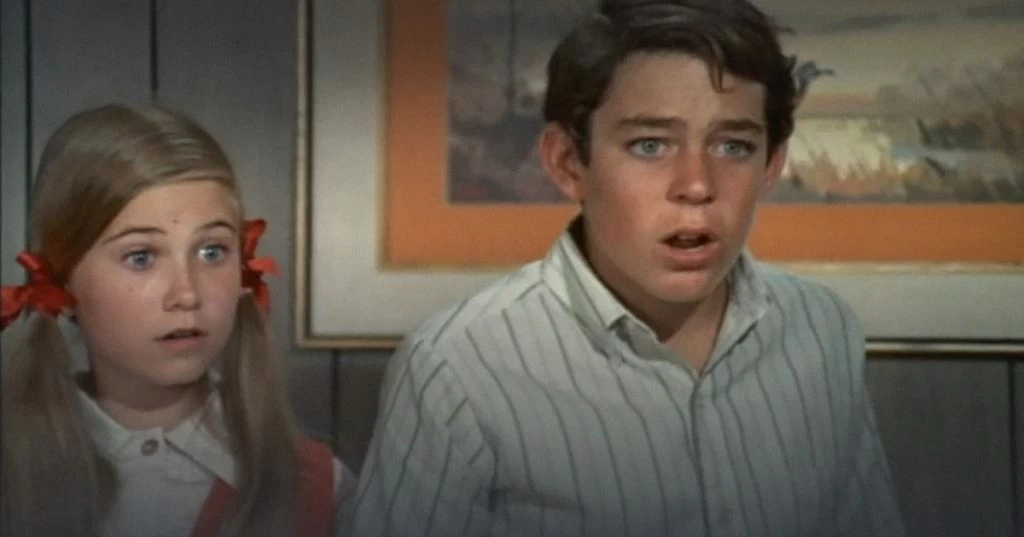
That generally explains why the Bradys weren’t too worried when the measles hit the family. It wasn't seen as too risky of a disease. In fact, the kids were overjoyed to get out of school for a few days. That said, the adults were a little more concerned.
“Hmm, measles,” Alice says, after Peter comes home from school with a fever. “Let’s hope all the others don’t start coming down with it.”
“Oh, that would be terrible,” Carol says.
And then Alice quips: “Right. As the warden of the state prison once said, I sure would hate to see them all break out at once.”
OK, maybe Alice wasn’t too worried.
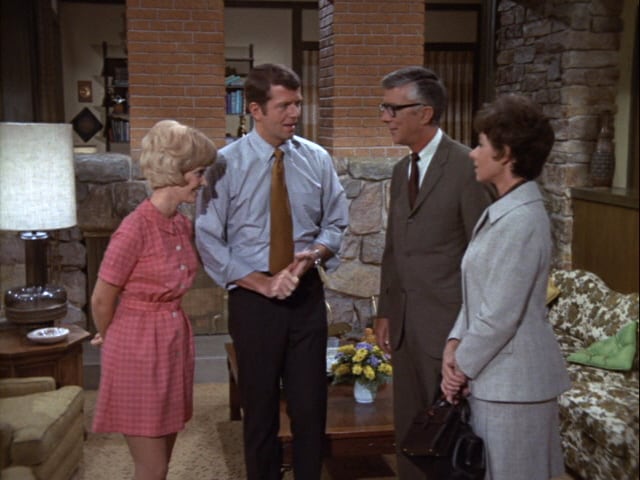
So if you're like me, and you want to believe The Brady Bunch was a documentary or reality show, and the Bradys were real people, don’t worry. There were still doctors making house calls in 1969. The episode was a little fantastical, but plausible.
But if you’re a Brady skeptic and think that maybe The Brady Bunch wasn't real life but merely a classic TV sitcom, you may have a point. By the late 1960s, doctors were making house calls but on TV far more than real life. And you are right to think that the notion of two doctors making house calls and showing up at the Brady residence at the exact same time was pretty far fetched, even for a sitcom. Even Mike Brady recognized that.
Where to watch this show (at the time of this writing): The Brady Bunch can be found on the cable channel, MeTV, as well as on ParamountPlus.com, which has all five seasons.
Articles similar to this one: If you found this interesting, you may enjoy reading about whether it was really likely that Bobby Brady would have met the son of a guy murdered by Jesse James. You might also enjoy reading about a M*A*S*H episode that has a link to an 1800s' true crime story.

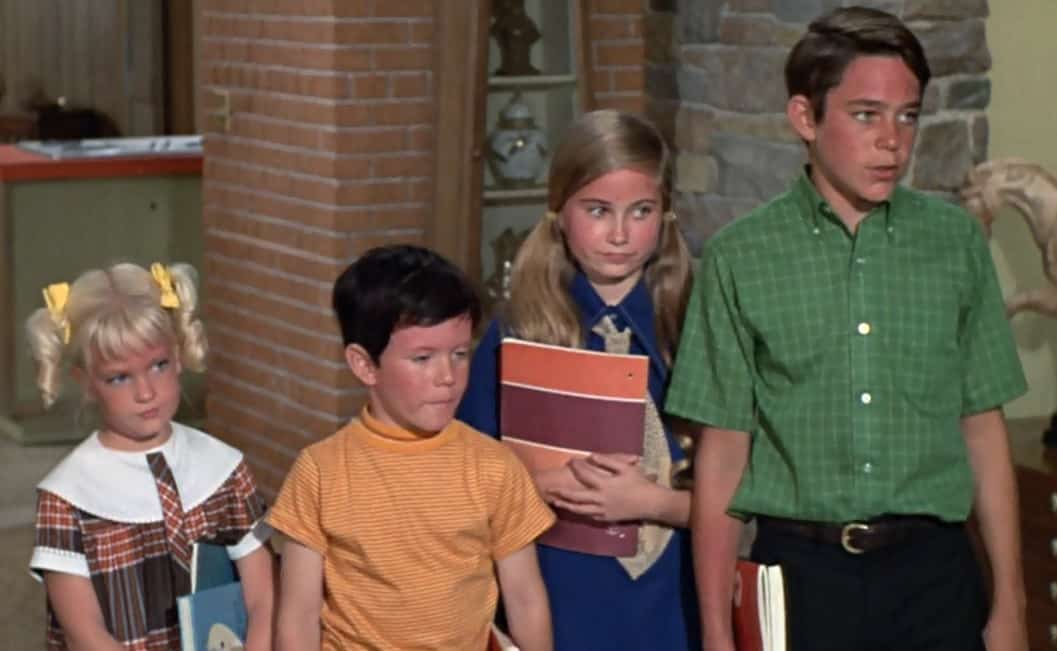
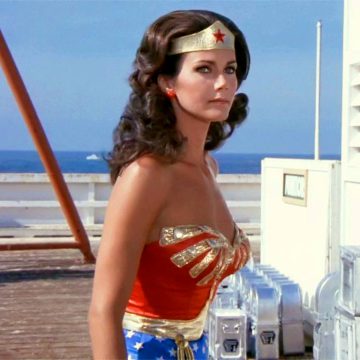
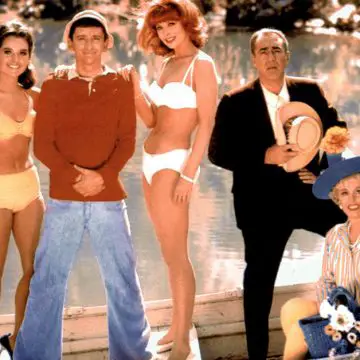
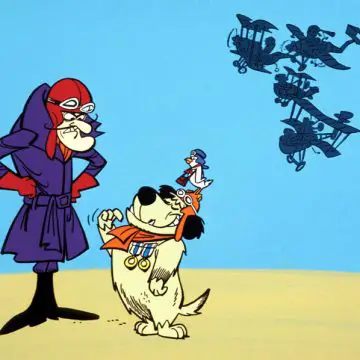
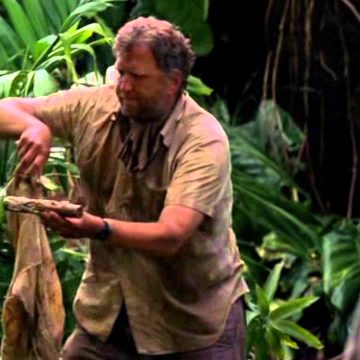
Leave a Reply